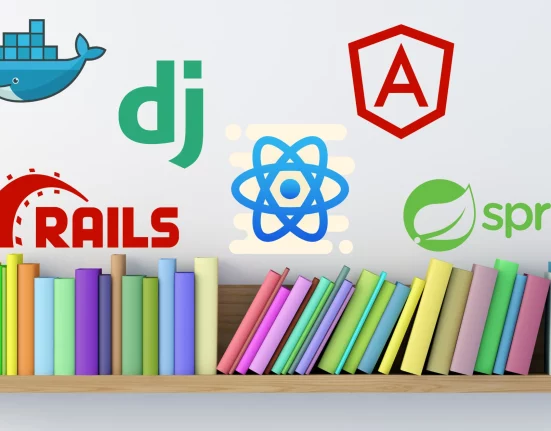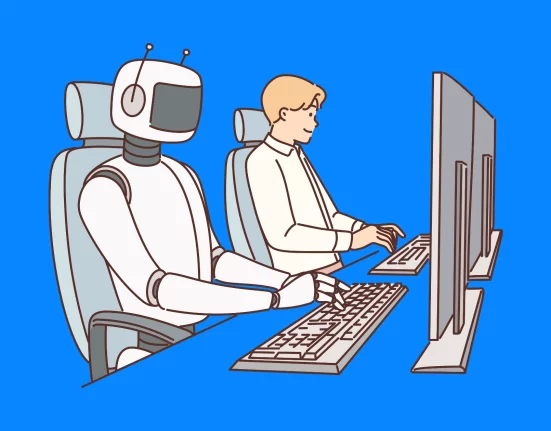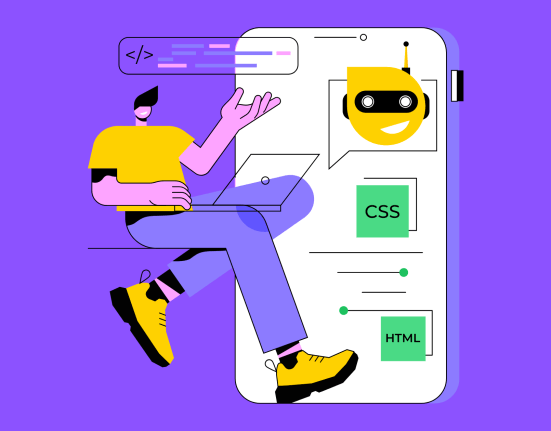As a developer, you’re probably already familiar with the concept of machine learning and natural language processing (NLP). With the recent advancements in AI and machine learning, developers now have access to a wide range of tools and frameworks that make it possible to build intelligent chatbots, voice assistants, and other applications that can understand and respond to natural language.
One such tool is ChatGPT, an AI language model developed by OpenAI. In this blog post, we’ll explore how developers can leverage the power of NLP with ChatGPT to build smarter, more efficient applications.
What is ChatGPT?
ChatGPT is an AI language model developed by OpenAI that uses deep learning techniques to understand and generate natural language. It was trained on a massive corpus of text data, including books, articles, and web pages, which enables it to generate coherent and contextually relevant responses to natural language queries.
ChatGPT is based on a transformer architecture, which allows it to learn and process long sequences of text, making it ideal for applications such as chatbots, language translation, text generation, content moderation, and sentiment analysis.
ChatGPT also has several limitations, including a tendency to generate repetitive or irrelevant responses, as well as a limited ability to understand complex or nuanced language. However, with careful fine-tuning and preparation of data, developers can overcome these limitations and build powerful AI applications.

Use Cases for ChatGPT
ChatGPT, which stands for “Chat Generative Pre-trained Transformer,” is a powerful language model designed to understand and respond to human language. It has many different use cases, including:
Customer service: ChatGPT can be used to provide customer support by answering frequently asked questions and resolving common issues. It can also help individuals manage their schedules, set reminders, and answer questions about daily tasks.
Education: ChatGPT can be used to provide educational resources, such as answering questions, providing explanations, and offering personalized feedback.
Language translation is another popular use case for ChatGPT. With its ability to understand and generate natural language, ChatGPT can be used to translate text from one language to another. This can be especially useful for businesses that operate in multiple countries, enabling them to provide localized content and services to their customers.
Text generation is another application of ChatGPT, which can be used to generate high-quality and contextually relevant content for a wide range of applications, including social media, content marketing, and product descriptions. With ChatGPT, developers can create AI systems that can generate text that is indistinguishable from human-written content.
Content moderation is another area where ChatGPT can be used. By training the model on a large corpus of text data that includes both positive and negative examples of content, developers can use ChatGPT to identify and flag inappropriate or harmful content, enabling them to keep their platforms safe and secure.

There are and can be many more use cases of AI tools like ChatGPT, which definitely revolutionize the way developers work. Here is one such example:
Building Chatbots with ChatGPT
Building chatbots with ChatGPT requires careful preparation of data, training the model, integrating it into the chatbot, and evaluating and fine-tuning the chatbot.
- Define the purpose and scope of your chatbot: Decide what kind of tasks your chatbot will be performing and what kind of questions it will be able to answer.
- Gather data and train your model: To train your ChatGPT model, you will need a large dataset of conversation examples that relate to the purpose of your chatbot. You can use a dataset that’s publicly available, or you can create your own dataset by collecting conversations from your website, social media, or customer interactions.
- Choose a platform to build your chatbot: There are many platforms available to build chatbots, such as Dialogflow, Botpress, or Rasa. You will need to choose the platform that best suits your needs.
- Integrate your ChatGPT model with your chatbot platform: Once you have a trained ChatGPT model, you will need to integrate it with your chatbot platform, so it can respond to user input and generate appropriate answers.
- Test and refine your chatbot: Finally, you will need to test your chatbot to make sure it’s working correctly and refine it as needed to improve its performance and accuracy.
Follow this step-by-step tutorial to build a chatbot using ChatGPT

Tips for Leveraging ChatGPT as a Developer
As a developer, you can leverage ChatGPT to perform a variety of tasks related to natural language processing (NLP) and conversational AI. Here are some tips to help you get started:
- Use ChatGPT for NLP tasks: You can use ChatGPT to perform NLP tasks such as text classification, sentiment analysis, language translation, and summarization.
- Integrate ChatGPT with your chatbot: ChatGPT can be integrated with your chatbot to enhance its conversational abilities. ChatGPT can help your chatbot understand natural language and generate responses that are more human-like and natural.
- Use ChatGPT for text generation: ChatGPT is capable of generating coherent and natural-sounding text. You can use ChatGPT to generate summaries, captions, and other types of text for your applications.
- Fine-tune ChatGPT for your specific needs: If you have specific NLP needs, you can fine-tune ChatGPT by training it on your own dataset. This will enable ChatGPT to understand the specific language and terminology used in your domain.
- Use ChatGPT for language modeling: ChatGPT can be used for language modeling, which is the process of predicting the next word in a sentence. This can be useful in a variety of applications, such as autocomplete and predictive text.
- Stay up-to-date on ChatGPT developments: ChatGPT is constantly being updated and improved by OpenAI. As a developer, it’s important to stay up-to-date on these developments and new features, so you can leverage them in your own applications.

Conclusion
ChatGPT is a powerful AI language model that can be leveraged by developers to build smarter, more efficient applications. Whether you’re building a chatbot, a voice assistant, or a language translation application, ChatGPT can help you understand and generate natural language, enabling you to provide a more intuitive and personalized user experience.
By carefully preparing your data, training and fine-tuning the model, integrating it into your application, and evaluating and fine-tuning your chatbot, you can build powerful AI applications that can transform the way your users interact with your products and services. Stay up-to-date with the latest advancements in AI and machine learning to ensure that you’re leveraging the most powerful and efficient tools for your applications.












Leave feedback about this